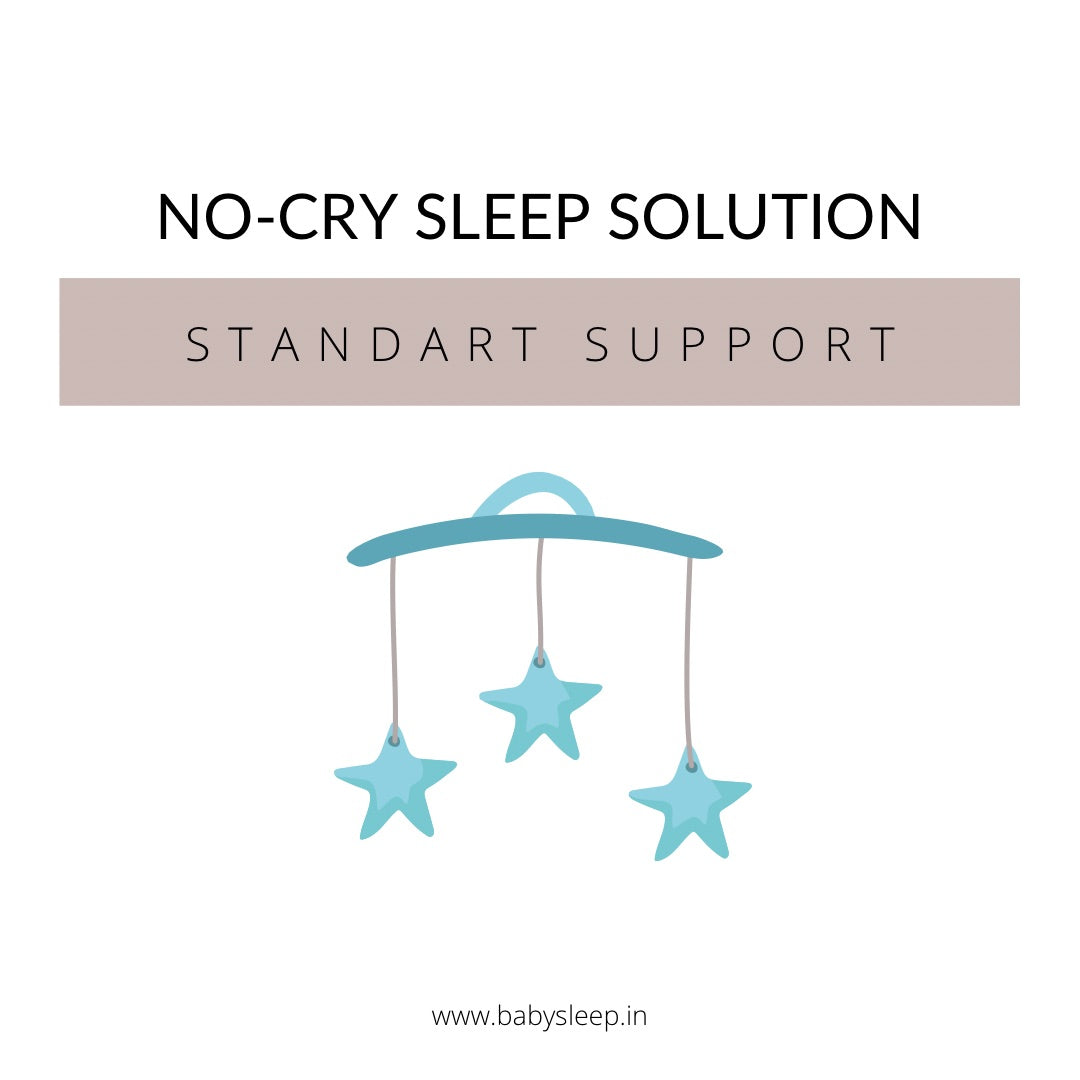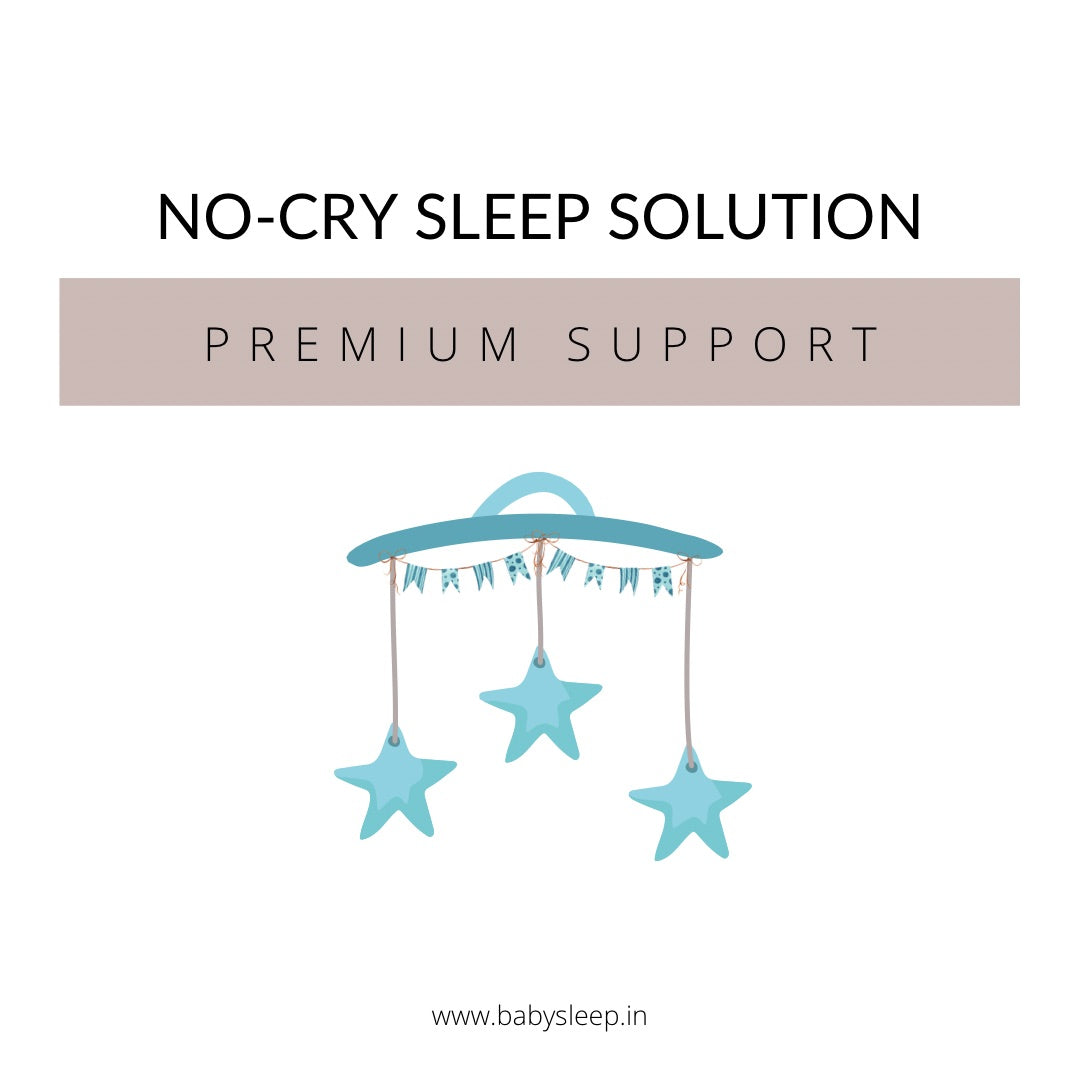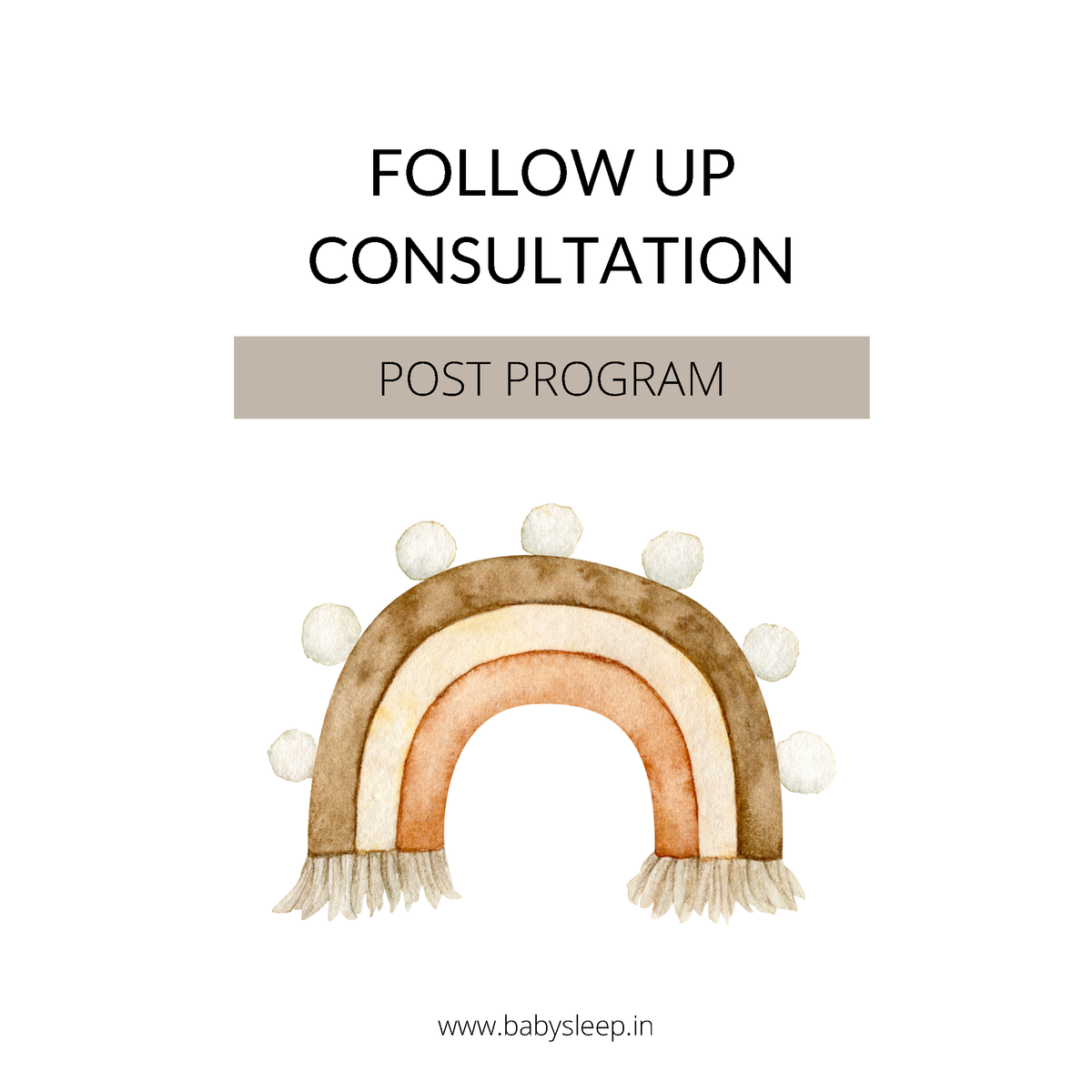When a baby starts to crawl, the most important thing is to pick up everything from the floor or nearby reachable zone. Once he starts trying to pull himself up on the furniture, you'll need to see and make sure, there is nothing reachable that could harm him, such as dangling wires or unsecured objects. I found the best way to do the baby-proofing was, literally, to get on my hands and knees and crawl around the carpet to see things from the baby's eye view, removing any potential danger.
Once babies come into your life, you can forget your lovely ornaments, trinkets and objets of art, forget your delicate swishing curtains, plants, or coffee tables, all objects reachable: babies don't work well wii it’s this together either.
The general rule is to keep things out ot reach, meaning up high or put away. But you don't need to go mad!
What can be save solutions in keeping baby safe from objects?
Playpen:
It’s small portable enclosure (usually made from thigh net) in which a baby or small child can play safely.
Walker:
It’s designed to support a baby learning to walk, without falling down and exposing to dangerous objects. (contraindications - babies, who having medical problems with leg bones or hips)
Supervision of adult:
Must have in any of the situations. If mom is not next to child, she still need to keep an eye on him from distance.
Making house safe to crawl/walk freely:
• Use outlet covers in all rooms your baby frequents: this will keep baby save from plugs
• Secure other items or areas accordingly. You can find things like cabinet locks, toilet locks, furniture anchors, baby gates, and other baby-proofing supplies at most big box and hardware stores.
• Keep any choking hazards, poisonous materials, and other dangerous items out of baby’s reach. It may even help to get on the floor at your baby’s level to look for potential hazards.
• Once baby is sitting, adjust their crib mattress to a lower setting. Pulling up isn’t far behind this milestone, and babies do practice their motor skills at all different times of the day, even when they should be sleeping.
There's a huge difference between being there for your child all the time and being there occasionally but being fearful to his safety. It's a really bad idea to say to a child a negative sentences, like:
• “Dong go to water, you'lI fall in”
• “Don't go near the edge, you'll
drown”
In this way parent setting up static fear of exploring the world.
Far better to watch from nearby to see if you think he really is going too close, than to walk alongside and gently show him where it's best to walk. If he climbing on to a chair, rather than shouting, 'Get down, you' ll fall”, it's better to say gently, “Hold tight”, and then then guide him to a safe spot to practise his climbing. Children who are just discovering themselves love exploring while knowing that you're nearby.
You must be there for your child but not interfere until needed.


